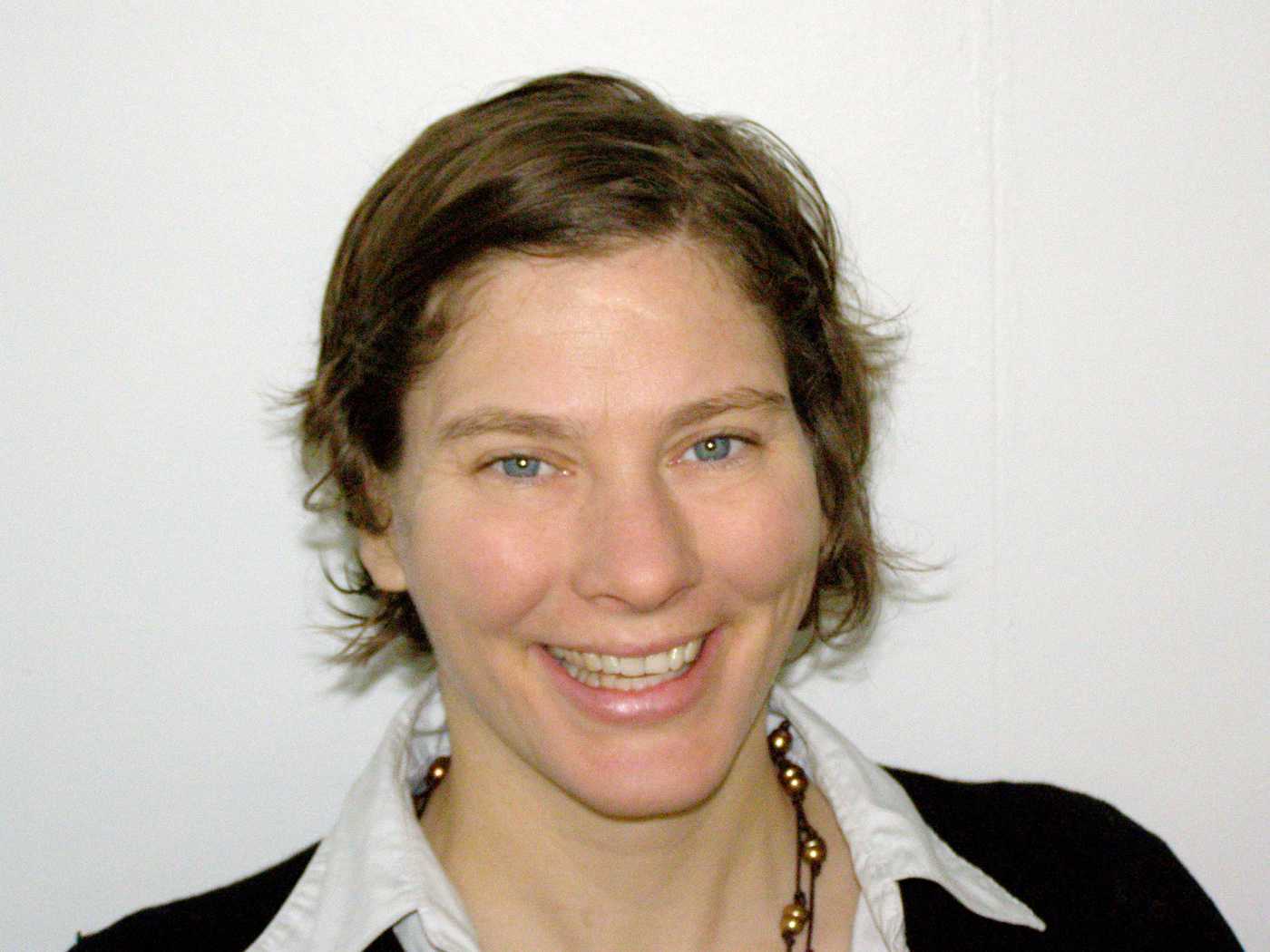Also at the ACTU Congress in early June 2009, the Deputy Prime Minister, Julia Gillard, also made commitments to improves the health and safety of transport workers. In her speech, Gillard said
And through tripartite engagement we will be reforming independent contracting and the transport industry.Australia’s truck drivers work hard to make a living. But they shouldn’t have to die to make a living. And we will be working on safe rates to prevent them from having to take that risk.We will work with the Transport Workers Union and responsible employers to make sure that drivers are paid for all the work they do.We will make sure that payment methods and rates do not require drivers to speed or work excessive hours just to make ends meet.And through tripartite engagement we will be reforming independent contracting and the transport industry.
Australia’s truck drivers work hard to make a living. But they shouldn’t have to die to make a living. And we will be working on safe rates to prevent them from having to take that risk.
We will work with the Transport Workers Union and responsible employers to make sure that drivers are paid for all the work they do.
We will make sure that payment methods and rates do not require drivers to speed or work excessive hours just to make ends meet.
Tony Sheldon of the Transport Workers Union conducted a press conference shortly afterwards and the press release said:
Transport Workers Union Federal Secretary, Tony Sheldon, said it was time to put an end to the carnage on Australia’s roads where 280 people die each year from heavy-vehicle-related incidents.
“Trucks make up 2 per cent of registered vehicles on our roads but are involved in 22 per cent of fatalities,” Mr Sheldon said.
“We need to make sure owner-drivers and employees are paid for their waiting time, for increases in fuel prices and for proper maintenance on their vehicles so they are not forced to do ‘one more load’ and push the boundaries to make ends meet.”
Australia’s transport industry have been the leaders in getting fatigue on the OHS and industrial relations agenda over the last five years.
The implication in Sheldon’s words above is that fatigue and delivery/schedule pressures are generating road fatalities of drivers and other road users. The Deputy PM made the same link between remuneration and safety. (If any readers can point towards the evidence behind the rhetoric, it would be appreciated).
The challenge for the TWU and, to a lesser extent, the governemtn is that unions represent a minority of transport drivers and so the coverage of union rules and codes of conduct have limited effect. That is not to say that the limited effect is not important but the Deputy PM told the ACTU Congress what it needs to do to make these OHS and IR changes a reality.
Gillard told the congress delegates that they needed to get out into the community and start building membership, as membership is strength. This is particularly important on those policies and initiatives such as OHS and transport safety, where there is broad community impact.
Some of the proudest achievements in the Australian trade union movement have come from those social contracts that have improved living conditions and health, not only just salary levels, to those workers in Australia who struggle to stay financially viable. The union movement needs to reinvigorate its members and itself to improve the quality of life for all and not just the pay packets for some.

